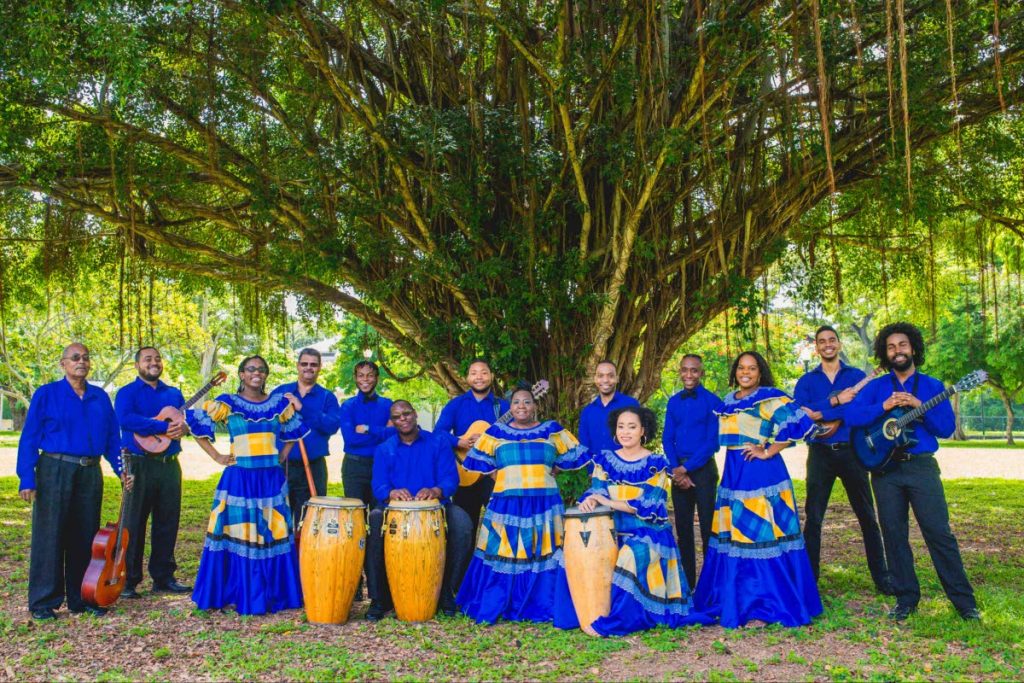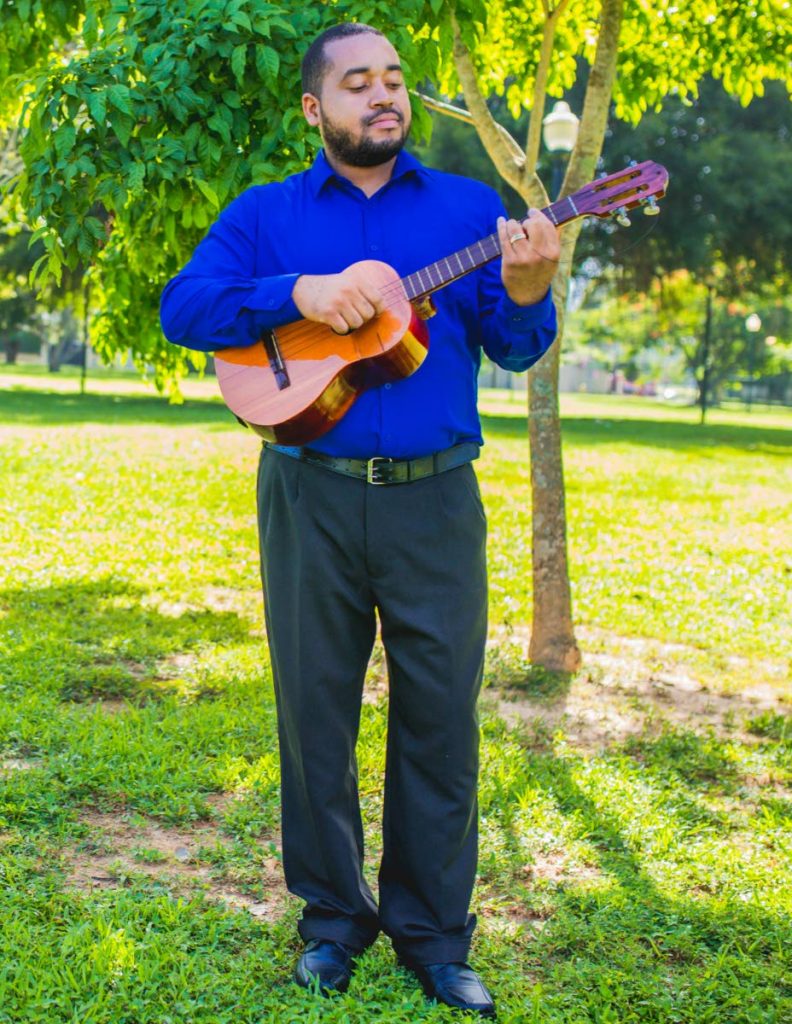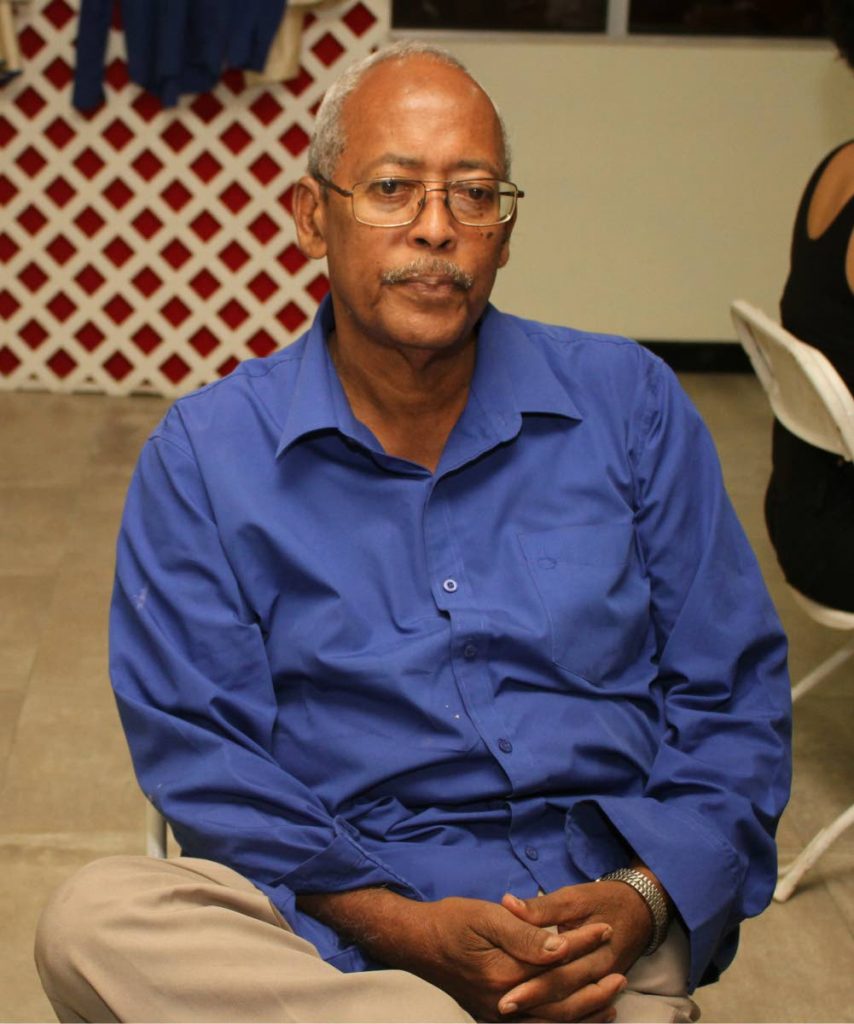The business of parang

Parang band Amantes de Parranda was founded in 1974 by George Carter and the Past Pupils Association of St Benedict's RC School and was initially called Los Alumnos de Trinbago. This name changed in 2003 to avoid being confused with then emerging parang band Los Alumnos de San Juan. It's managed by Carter's wife, Henrietta and includes three of the couple's children. Business Day spoke to one of Carter's sons, Mikhel, musical director of Amantes de Parranda, who gave insight into the parang market and what it takes to manage the operations of a parang band.
While the audience only sees a band’s singers and musicians at a performance, it takes a whole team to get them there.
For Amantes de Parranda, that team includes a general manager, a booking agent, a marketing agent, a costume designer, a choreographer and, sometimes, a makeup artist.
Booking the band may depend on how long it performs, though the sets of most parang bands tend not to be lengthy.
“You would hardly ever find a parang group playing for an hour straight. They might come and do a 30-minute set. Most of the time we usually get booked for 30-minute sets – that’s a standard thing,” said Mikhel Carter.

As for the band’s fee, that varies considerably, “based on if it’s a corporate, community or charity event.”
Band members are paid for each performance. While he was hesitant to reveal the actual numbers, Carter said the band is constantly reinventing the way members are compensated for their time.
“What we do is pay for each gig, and it usually comes up to a stipend.
“I can safely say what a standard Panorama band member might get for Panorama, it might look the same at the end of the respective seasons – but not necessarily a salary per se.”
Outside the parang season, which runs from October to January 6 (traditionally the last day of the Christmas season), the band tries to make itself relevant by expanding the genres it performs, including calypso, soca parang, folk and Latin music.
“Parang bands tend to do other genres of music to earn income throughout the year. Rarely there is parang you can play throughout the year.
“And not every audience you play (for) wants to hear traditional parang music, so you have to tweak your repertoire in order to suit the audience...”
Parang bands do not regularly benefit from national competitions, as, for instance, steelbands do, to bolster their revenue streams.
“I would not say (competitions) are an integral part, the reason being there is not necessarily a competition for professional (parang) bands every year.
“When they used to have competitions, the (prizes) used to fluctuate, but it might be motivation for bands to enter. The year (2007) that we won the first prize (in the national parang competition) it was $100,000.”
While competitions may be a good incentive for parang bands, they are not essential, as the artform is more important than competition.
Ultimately, Carter has mixed views on whether parang bands are profitable, but cautions that it is key to have financial literacy and proper management for parang bands, and the overall market, to be successful.

“I would say yes and no (that parang bands are profitable), because we have had seasons that were very lucrative, and we were able to do a lot of work and earn financially.
“It’s not a yearly thing or standard. Some years – like the year they had the state of emergency (2011) – a lot of gigs throughout the entire country were cut because of the curfew, so we lost a lot of money.”
The undervaluation of parang bands is one reason for the lack of profitability.
“Parang is not as lucrative as people make it out to be.
“You can go by a parang show at a bar, and the band will get paid $700 for a whole night. Imagine, a DJ will get paid more than a parang band for a night of parang, and that is because of how people look at parang groups.”
He suggested the National Parang Association (NPATT) should reflect on its business model.
“NPATT use to sell out parang shows all the time, as they were the ones responsible for doing parang shows.
“But now you have parang shows in Paramin and San Fernando. With our economic situation, once people go to one show, they will not want to go to NPATT the next week, because they already spent their money by a parang show.”
His advice to people considering the parang market is to reflect on parang and its purpose, as money may not be the main fuel.
“Some bands (are) just getting into the parang music because of the hype. That’s fine, but then you hear them, and… it comes like someone who just did a one-week course in fixing a car. You go by them to fix your car and the car will break down the next week because they probably didn’t know all the respective components in all how to get it going.”
Asked his views on the effect of a larger Venezuelan population on parang in TT, he said it could help raise standards.
“I think it’s a positive thing, because you will have Spanish-speaking people here. Venezuelans criticise our Spanish because the bands don’t sing their Spanish properly…
“Musically speaking (local bands) might want to try and do what the Venezuelans doing, because their parang is slightly different to ours.”
Overall, he felt, “With them bringing their style of music, it will help improve the parang landscape.”

Comments
"The business of parang"